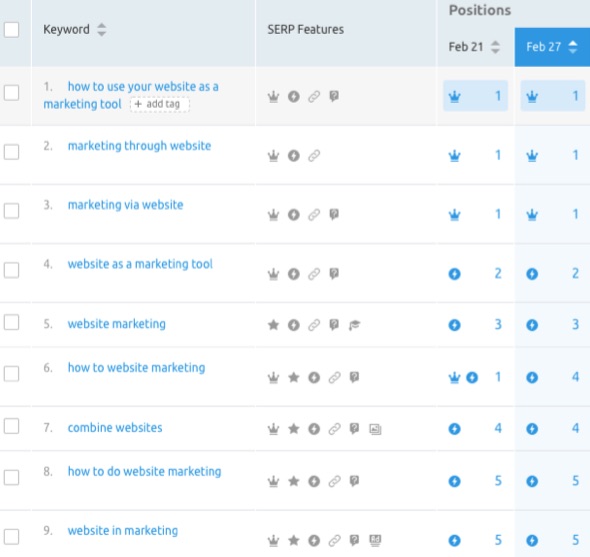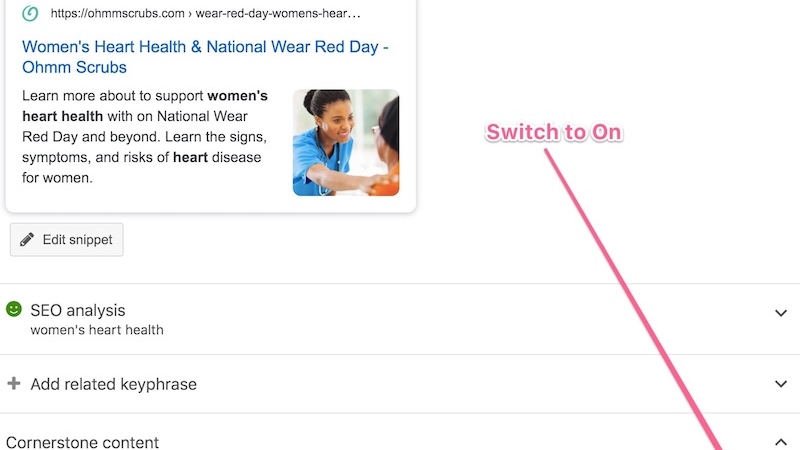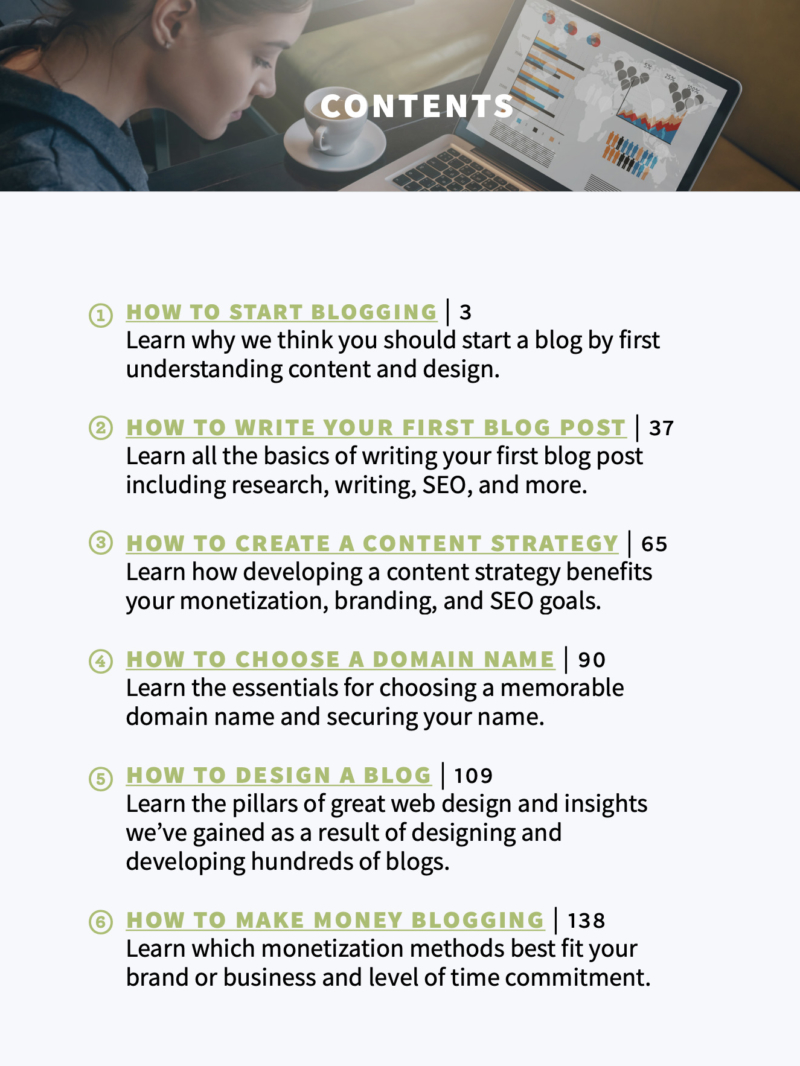
Get personalized content recommendations and answers drawn from our website. Simply type your question or topic of interest, and our AI assistant will help you find relevant articles, tips, and insights. You can also have a natural conversation to explore topics in more depth.
Why Should You Create Evergreen Content?
Evergreen (or cornerstone) content is extremely important to your blog, because, as the name suggests, it stands the test of time. Invest time in evergreen content as part of your content marketing agenda; it’s well worth the effort. This type of content is always relevant and will consistently deliver traffic and often even revenue for your site.
Evergreen content is also called cornerstone content because it’s the “cornerstone” or main feature of your blog. These posts are the pillars on which your entire message stands. They should highlight the best of your expertise and cover topics that are of interest to your followers and new readers.
This kind of content is helpful from a time management perspective too because sometimes you may get too busy to write a new post. If you have a good “library” of evergreen content then you can just share something from that backlog and you and your followers will be happy.
Evergreen Content Encourages Backlinks (Great for SEO)
Evergreen content is also great for SEO. Besides always being relevant to search, it makes for good link bait. Link bait is content that naturally encourages lots of backlinks because it is valuable and timeless; the backlinks are what make for good SEO.
Backlinks (also known as inbound links, incoming links, or one-way links) are links from other websites to your own.
Other sites are more inclined to link to you if you’ve got some cred, but that is just part of it. The quality of your content is just as important. Write a super short post that doesn’t address your audiences’ needs, and see what happens. It will not rank, no one will share it, and no one will link to it.
Backlinks are basically votes from other websites. Each of these votes tells search engines: “This content is valuable, credible and useful.”
–Backlinko
Sticking to the concept of quality being key, it’s the quality, not necessarily the quantity that is essential to building a strong backlink profile.
Links from sites with a higher domain authority (DA) are more valuable than links from those with a lower DA. So you want to get as many backlinks from high DA sites as you can because they help raise your site’s ranking in Google and other search engines.
Moz has a great Chrome extension called MozBar that shows you the DA for the site you are on as well as the PA (page authority which is like DA but only accounts for that page).
Backlinks are also one of Google’s top 3 search ranking factors, so it’s important to include them in your content. (The links included in this section are exactly what we’re talking about.)
You might wonder, why should I link to other sites though if I want to keep people on my site?
Well, it’s a bit like the old saying: “You have to spend money to make money.” If you want other, more established sites to link to your content, you should have backlinks to theirs.
How to Write Evergreen Content
When you first think about writing evergreen content, the key thing to remember is that it has no expiration date. These are not breaking news articles, new product reviews, or about pop-culture or trends that aren’t going to stick around. By all means, write timely content as well, because it’s important and readers want to be in the know, but that sort of content will only get traffic for a few days (maybe weeks) and then drop to almost zero.
Evergreen pieces are written about constantly popular topics where the information changes very little over the years so you’re able to get a consistent stream of traffic over a long period of time.
The best ways to make evergreen posts are:
- Providing industry tips, advice, and expertise with “how-to” explanations.
- Explaining commonly searched concepts for beginners step-by-step (e.g. Beginner’s Guide to SEO)
- Answering FAQs from your customers in as much detail as possible.
How-To’s, Guides, and Checklists
How-to guides, ultimate guides, and checklists on topics or skills that teach people something new or make a new topic more accessible are ideal types of evergreen content.
A perfect example of evergreen content is our post, “Editorial Guidelines: Content Writing for Websites.” In this post, we guide the reader through a series of editorial steps to follow when creating or updating content. It’s a long-form post (at 3779 words) that was easy to optimize for SEO with integrated visuals and plenty of high-ranking keywords. It’s one of our best performing posts—pulling in the third most clicks and impressions of all our posts in the past year—and likely will be for years to come.
List Posts
List posts (or listicles) are also great examples of evergreen content. Our “10 Ways to Use Your Website as a Marketing Tool” post is full of consistently relevant content. It has tips that will still work for the foreseeable future, only requiring a few periodic updates to the material.
This is our best performing post both in traffic and ranking and it’s over a year and a half old. It gets nearly 500% more clicks as our homepage and ranks on the first page in the SERP for several highly-searched keywords. This really shows that high-quality blog posts are what bring in organic traffic—and are well worth the effort.

Case Studies
Another great format for evergreen articles is case studies. These are articles focus on a desirable result that you or someone else has achieved and how you made it happen. For example, you could talk about how you got in better shape by eating a certain way or with a specific fitness routine that you want to share.
Case studies are typically very process and/or data-driven, as the numbers lend credibility to your case and give readers something tangible to reference. If you are a professional services business this content-type can be a great way to show what you are capable of.
Updating Evergreen Content
It is vital to keep the search traffic going on these posts for as long as possible by performing content maintenance. The bulk of these posts will still be relevant and won’t need a lot of change, but there will almost certainly be one or more things that you will have to change with the times or take out altogether because it’s no longer accurate.
At the very least, you will have to update your evergreen content to keep up with constantly changing SEO practices. This helps you to stay high in search engine ranking and keep getting engagement across social media.
Relaunch It
When you have a decent backlog of evergreen posts and you have a week or so where you get too busy to write new content (it happens!) you can take a post you haven’t updated in a while and relaunch it.
The post should still be about 75% or more up to date. Take out some old visuals and replace them with new ones, add in some new information and tips, and maybe throw in some “bonus” strategies or a “Here’s where we are now” section and you’re good to go.
Don’t just quietly update the post and leave it on your site, relaunching it means bringing attention to it like it’s been posted for the first time, because for all intents and purposes it is.
What about changing the publish date on the post?
We get this question all the time, and the answer might not be what you’d guess.
If you have updated/changed 50% of the content or more, then you should update the modified date. In WordPress this happens automatically every time you click update on the post. You cannot see this modified date on the front-end, but Google can see it in the Last-Modified HTTP header. However, this information isn’t really helpful in telling Google when a significant change has occurred because oftentimes you’ll update something for very minor edits like fixing a typo or changing a link.
Re-promote It
After you’ve relaunched your evergreen content on your site, don’t forget to repromote it through social media marketing. Doing both will gain a brand new surge of traffic for that post.
Repromoting your content on social media even works for evergreen posts that you aren’t relaunching or updating yet. A good rule of thumb is to repromote and re-share your evergreen content every few months. This is a good way to get attention from people who were unaware of your content the first time and can lead to new followers.
You can also repromote your best posts to new email subscribers to show them the kind of quality content they signed up for. Build your marketing and sales funnels around your evergreen content so all your channels are feeding into a unified goal—to sell or promote whatever it is you offer.
Repurpose It
Repurposing your content also means reformatting your content. This is when you take your written content in your blog posts (or a portion of it) and turn it into a video, ebook, podcast, webinar, or in-person presentation. Evergreen content really is the gift that keeps on giving because by being able to repurpose it, you can branch out into other methods of delivering your material and making more revenue while reaching an even wider audience.
However, you can’t just copy and paste your blog post into a new format. You have to adapt it for a video or an ebook or however else you want to get it out there. You’ll only have to change it about 25% to adapt it to a new format, but there will have to be an editing process.
How You Should Display Evergreen Content
Evergreen content is also called cornerstone content for a reason. It should be among the most featured content on your site. This means that you don’t want it tucked away so that your readers can’t easily access it.
Feature your evergreen blog posts somewhere prominent on your website.
Common places to do this are:
- in your sidebar
- in a popular posts grid on your homepage
- or on a Start Here page
You should also link to your evergreen content frequently from other posts/pages. As you write more, inevitably you will start writing posts on each facet of a topic in-depth. In those posts, you’ll always want to link back to your cornerstone article. This is a signal to Google it is the most important article on that topic on your site.
Also, make sure you send out featured posts across your social media channels that highlight this content. Pin your latest or best performing evergreen post to the top of each social media page. This ensures that it doesn’t get lost among your other posts and that new followers see it first.
Optimize Evergreen Content for SEO
It’s important to learn how to optimize your evergreen content to help it rank with SEO. Here are a few basic guidelines you should follow.
Choose the Right Keywords
This kind of content is supposed to have a long shelf-life so it’s important that you do your keyword research and choose only keywords that will remain as relevant as your content. You should also think ahead because the most ideal keywords should not only remain popular for years but also get more search in the future.
Check the potential keywords that you would like to use with Google Trends so that you can look at the stability of the search volume over a year (or years). If it’s got consistently good search it’s a perfect candidate for an evergreen topic.
You should also go for long-tail keywords that are specific enough that you could reasonably hone in one what you are writing about, but not so specific that they become too niche. These types of posts can still have value but are not typically evergreen.
Enhance with Visuals
Evergreen content also lends itself well to visuals. Visual content is getting to be the #1 form of marketing as it gets 94% more views than text-only content. This translates to more organic traffic, more backlinks, and more engagement on social media. This is why Facebook and YouTube are so popular for marketers; those platforms are based on visual content.
Some simple ways to integrate visuals are:
- Infographics: can be used as visual aids to any referenced data. Making infographics doesn’t need to be hard. Visme’s How to Make an Infographic guide walks you through infographic creation step by step.
- Screenshots: particularly of information from the backlinks you’re sourcing or for supplementing how-to posts and/or “ultimate guides”
- Videos: preferably ones you made yourself (especially tutorials), but if they’re particularly relevant it’s fine to embed a video from another source
- Slides: it’s simple to integrate an image slideshow on Wordpress
- Interactives: content that moves or changes based on how users interact with it
- Maps: could double as an infographic or an interactive
- Gifs: can be cute and/or funny, but use sparingly or they can distract from the content
- Blog Post Banners: a large, eye-catching banner that goes at the top of a blog post. It’s a simple way to make your post stand out from the get-go. Banners are built into Mai Theme, just make sure you select images that are the right aspect ratio so they don’t cut off your head.
Use Yoast’s Cornerstone Content Feature
The Yoast SEO plugin has a feature that can indicate if a post is considered cornerstone content. If you mark a post as cornerstone then Yoast will build an internal linking structure around that content. If you have a larger website with a lot of content, then this plugin can help you organize your posts so that you can easily distinguish which are your cornerstones pages.

The Bottom Line
Writing evergreen content should be one of the first things you do when you start blogging. It’s a key aspect of digital marketing because it’s guaranteed to get a lot of Google search traffic. That is, it’s a sure thing if it’s quality content based on a specific topic that people want to read about.
But while this type of content is important, not every post has to be evergreen. You have to write timely posts too and keep up with trends in your subject that your readers care about. A great content strategy includes a healthy mix of evergreen and topical blog posts.
Download the How to Start Blogging Guide
Explore this FREE GUIDE to take a deep dive into how to start blogging to make money. Get a PDF version of this guide right to your email, plus weekly tips from our blogging experts at BizBudding.







